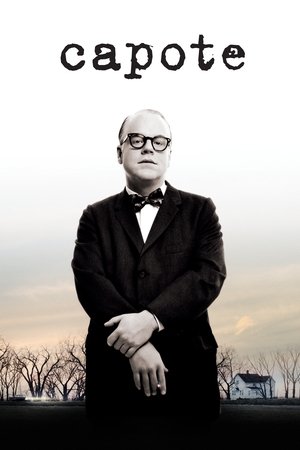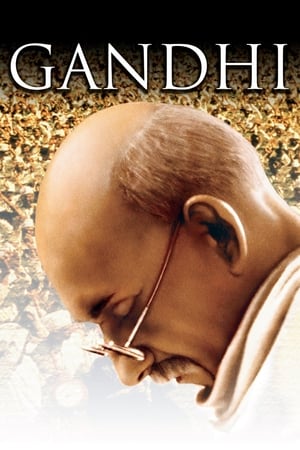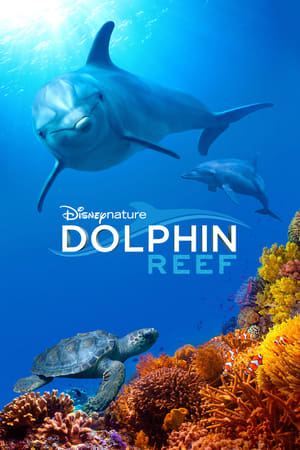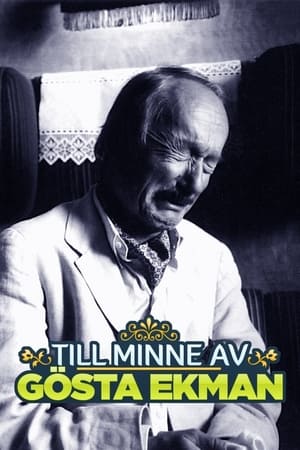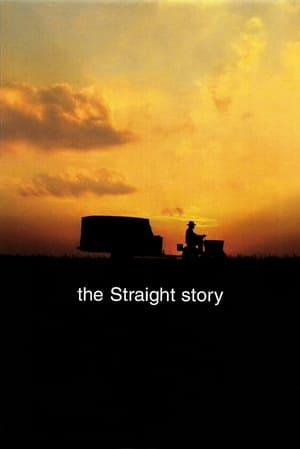David Attenborough is one of the first who started to take pictures of wildlife and talk about it to viewers.
Attenborough, who turns 94 this year, is the only person to have received BAFTA awards for black and white, color, 3D, HD, and 4K shows. And he continues to work actively to this day.
The career of David Attenborough undoubtedly deserves respect, and David Attenborough: A Life On Our Planet is a summing up of a long creative life. And besides, this is Attenborough's indictment against humanity. Taking pictures of animals for 70 years, the naturalist has visited the places that he had previously visited and seen with his own eyes how people destroy nature, how during the life of one person the landscape changes and entire ecosystems disappear.
Attenborough has talked about declining forest area problems, reducing biodiversity, pollution of the world's oceans, melting permafrost for many years. His TV-shows tell about all these themes for the last three decades. This is why David Attenborough: A Life on Our Planet may seem to be assembled from other his programs.
In David Attenborough: A Life on Our Planet, naturalist focuses on solving global problems, suggesting how to prevent a global crisis. The film begins and ends in Chernobyl; it clearly shows how the Earth can become uninhabited through human fault. Attenborough shows how it heals itself when anthropogenic pressure disappears.

 83 min
83 min
 8.442
8.442
 2020
2020
 United Kingdom
United Kingdom
 CinemaSerf wrote:
CinemaSerf wrote:

